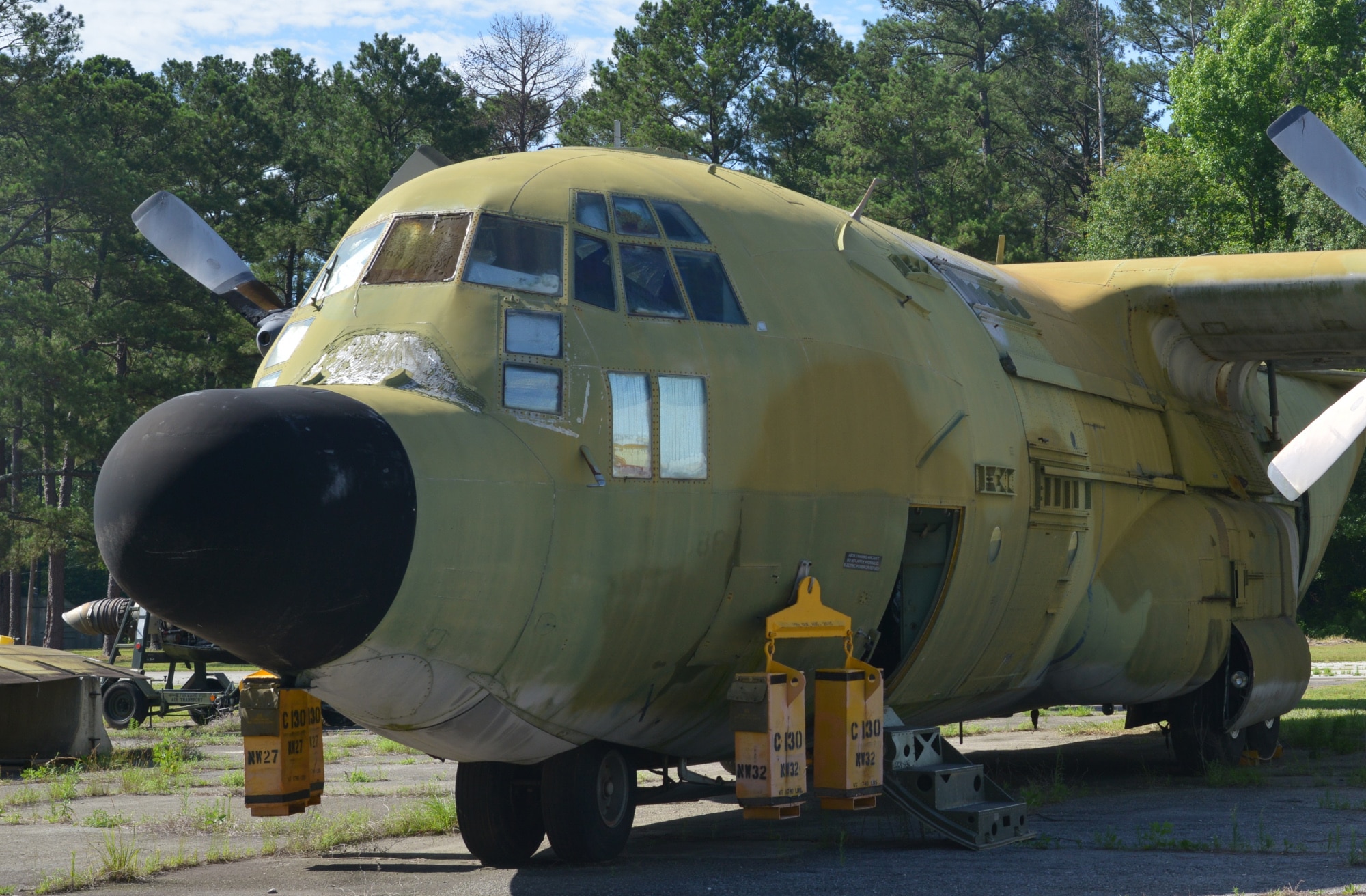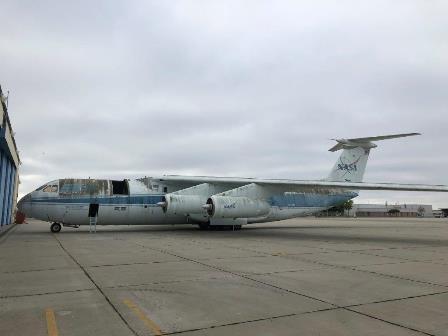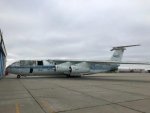They actually built three for the mission.
At first glance, the C-130 looks just like any other. Upon closer inspection though, this plane is a whole lot different. In fact, it's one of a kind."This aircraft was built for one mission and one
www.robins.af.mil
ROBINS AIR FORCE BASE, Ga. -- At first glance, the C-130 looks just like any other. Upon closer inspection though, this plane is a whole lot different. In fact, it's one of a kind.
"This aircraft was built for one mission and one mission only," said Larry Layfield Air Force Life Cycle Management Center support contractor.
The Iran hostage crisis was a diplomatic crisis between Iran and the United States. Fifty two American diplomats and citizens were held hostage for 444 days after a group of Iranian students belonging to the Muslim Student Followers of the Imam's Line, took over the U.S. Embassy in Tehran.
In April 1980, President Jimmy Carter ordered Desert Claw - a U.S. armed forces operation - to attempt to end the Iran hostage crisis by rescuing the hostages in April of 1980.
The mission failed, and a new secret mission was put in place - design a plane that could land and take off in a 600-foot area inside a soccer stadium in Tehran.
Layfield was a C-130 equipment specialist who was the only one at Robins who worked on the secret project. The rest of the team was based at Wright-Patterson Air Force Base, Ohio. It was a collaboration between the Navy, Air Force and Lockheed in Marietta, Georgia.
The project, called Operation Credible Sport, started in July 1980, and the aircraft started test flights in September.
"It had 16 rockets on it," Layfield said.
The rockets were used as thrusts for the STOL, short takeoff and landing. The rockets assisted with braking to stop the plane. The rockets were acquired from the Navy.
There were three of the YMC-130H models made. The first set records for takeoffs and landings in less than 600 feet. The trials took place at Wagner and Duke Field in Florida near Eglin Air Force Base. The plane would be rolled into the hangar when the Russian satellites would orbit overhead to keep the plane from being spotted.
To make all of the modifications from concept to test flights in a few short months, the secret mission was a tribute to what can be done during emergencies.
"This shows what we're capable of when we're under pressure," Layfield said.
During its last run, an error was made with the upper rockets and the plane crashed, breaking its right wing. The avionics were mostly recovered, and the plane that currently sits at Robins bears the same tail number of the one that crashed.
Many of the parts on the planes were borrowed from multiple sources and were not in the Air Force inventory, Layfield said, like the Navy rockets and the brakes.
The hostages were freed Jan. 21, 1981, after then President Ronald Reagan was inaugurated.
That ended the mission for the aircraft and the decision was to return one of the planes to its former use while the third plane with the tail number of the first plane 74-1686, ended up at the Museum of Aviation in 1987.
After a time, the YMC-130H model was brought from the museum to Robins, to be used as a battle-damage training plane.
Just a quick walk around the plane shows the subtle differences like the rocket mounts on either side of the fuselage.
Inside, there are strengthened structural modifications made to withstand the hard takeoffs and landings.
Master Sgt. David Ruehling got involved when he was put in charge of the 402nd AMXG readiness section. The unit creates damage on an aircraft to help train maintainers.
Ruehling recognized the plane's significance and what significance it had in the Air Force. Without an intervention, the plane will certainly deteriorate. His hope is that the plane will get the recognition it's worthy of.
"This definitely deserves a place in a museum," he said.






 and get up close and personal (against the fence) to them. Those and LC-130's I remember seeing quite often. Remember seeing the stacks of skis for the LC's.
and get up close and personal (against the fence) to them. Those and LC-130's I remember seeing quite often. Remember seeing the stacks of skis for the LC's.